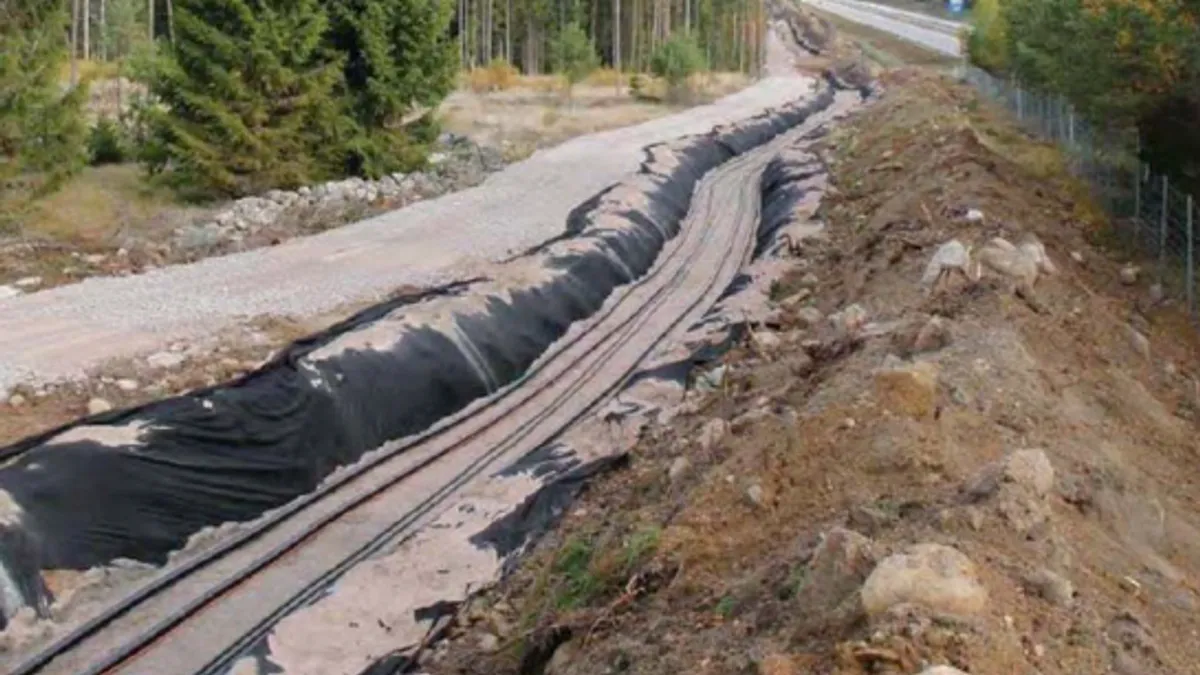Dive Brief:
- A proposed transmission line that would bring power from wind-rich Iowa into the demand-heavy Chicago region is facing up to three years of delay caused by congestion in the regional grid operator's interconnection queue.
- The SOO Green HVDC Link filed a complaint with the Federal Energy Regulatory Commission last month arguing that the PJM Interconnection's current tariffs create unnecessary barriers for merchant transmission projects. Under PJM's tariff, transmission projects funded by merchant developers have to be evaluated in the generation interconnection queue, unlike transmission developed by rate-regulated utilities.
- "There's no engineering or technical basis for treating merchant projects, like SOO Green, differently than other transmission lines that are paid for by ratepayers and built by utilities," said SOO Green Vice President Steve Frenkel.
Dive Insight:
The SOO Green project is considered an important contribution to the clean energy landscape for its potential to bring 2,100 MW of wind power to urban areas, and do so underground and along existing railroad lines — in theory avoiding the usual transmission permitting hurdles. But the project has come across a different barrier in its effort to bring new capacity to the PJM region. SOO Green is stuck in PJM's interconnection queue for generation assets in order for the grid operator to assess the project's impact on the grid.
"This merchant transmission project is treated much the same as previous merchant transmission projects and typical generation projects – PJM studies the impact to the existing bulk electrical system and identifies transmission upgrades needed to maintain reliability," spokesperson Susan Buehler said in an emailed statement. But the developer argues that its project should not be treated like generation, but rather should be able to participate in the grid operator's Regional Transmission Expansion Plan (RTEP) process.
"[T]he project is stuck in a Catch-22 in the PJM interconnection process: it is tied up in a congested generation interconnection queue, blocked by generation assets that ironically need more transmission to interconnect to the grid," the SOO Green FERC filing from June 18 reads. "Yet transmission that could help those projects is stuck in the generation interconnection queue, unable to progress."
Under PJM's tariff, merchant transmission projects cannot participate in the RTEP project directly — only voluntarily once they've completed the generation interconnection process, which is often delayed at-length. SOO argues this design "constrain[s] the ability of innovative transmission projects, such as SOO Green, to pursue market-driven opportunities."
The Electric Power Supply Association, which represents competitive power interests, including merchant generators, has not engaged in this proceeding, but a few of its members, NRG, J-Power and Calpine, have intervened.
Buehlher said PJM was "surprised" by SOO Green's filing. "PJM and its stakeholders have been in outreach meetings with SOO Green regarding SOO Green's desire to have its line treated like capacity in our market design — which SOO Green repeatedly represented was necessary for its proposed line to be successful," she said.
SOO Green is a 350 mile high-voltage, direct current line that stretches from Mason City, Iowa, to Yorkville, Illinois. It's expected to cost over $2.5 billion, and uses the rights-of-way enabled by the Canadian Pacific Railway. Originally, the project was expected to begin operation in 2024, but is now estimating 2026.
Accelerating this process for SOO Green is essential to enable market certainty for other potential merchant-owned transmission projects, said Frenkel, especially as the Biden administration aims to become more aggressive on renewables, and recognizes that transmission buildouts are key to bringing more clean energy online.
"If we want a national clean energy grid, we need to invest in transmission projects like SOO Green," he said. "And if we want this project to be able to move forward, we need to remove bureaucratic impediments that are preventing these projects from progressing as quickly as they otherwise could."














